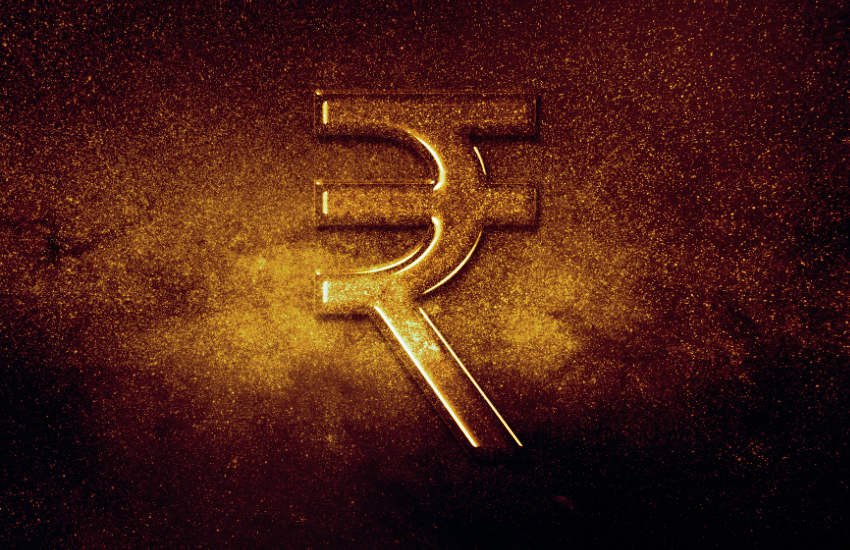The global financial landscape is undergoing a revolutionary shift with the introduction of Central Bank Digital Currencies (CBDCs). These are digital versions of a country’s fiat currency, issued and regulated directly by the central bank. Unlike cryptocurrencies such as Bitcoin, CBDCs are state-backed, stable, and legal tender.
India, one of the fastest-growing fintech markets in the world, is at the forefront of this transformation with its Digital Rupee (e₹) pilot projects. The Reserve Bank of India (RBI) is actively exploring CBDCs across retail and wholesale segments, experimenting with programmable money, offline functionality, and financial inclusion initiatives.
This blog explores the concept of CBDCs, India’s approach, its potential benefits, challenges, and how this innovation could reshape the future of payments.
What is a Central Bank Digital Currency (CBDC)?
A CBDC is the digital form of a nation’s official currency, backed by its central bank. For India, that means the Digital Rupee (e₹) is simply an electronic representation of the Indian Rupee, with the same value and legal status.
Unlike private digital wallets or cryptocurrencies:
🔸 Stability – CBDCs are not volatile; their value is pegged to the national currency.
🔸 Legal Tender – CBDCs must be accepted for payments by law.
🔸 Controlled by Central Bank – Issued and monitored by the RBI, ensuring trust and regulation.
🔸 Programmable – They can be coded for specific uses (e.g., subsidies only usable for food or education).
This makes CBDCs the next logical step in digital finance, combining the convenience of digital payments with the stability of government-backed money.
India’s CBDC Journey: The Digital Rupee (e₹)
India’s tryst with CBDCs is ambitious and carefully structured. The RBI launched pilot projects for the Digital Rupee (e₹) in 2022, testing it in both wholesale and retail segments.
🔸 Retail CBDC (e₹-R):
- Targeted at the general public.
- Works like physical cash but in digital form.
- Accessible via mobile wallets and banking apps.
- Can be used for peer-to-peer (P2P) and peer-to-merchant (P2M) payments.
- Currently being tested in select Indian cities with major banks.
🔸 Wholesale CBDC (e₹-W):
- Designed for interbank transfers and securities settlement.
- Reduces the time and cost of large transactions.
- Improves liquidity and efficiency in financial markets.
India’s dual approach allows the RBI to test technical feasibility, user adoption, and cybersecurity risks before nationwide rollout.
Key Features of India’s Digital Rupee
India’s CBDC isn’t just a digital version of paper notes—it’s being designed with cutting-edge features to transform financial systems:
🔸 Offline Capability – Crucial for rural areas with poor internet access. Digital Rupee can be transacted even without internet, enabling financial inclusion.
🔸 Programmable Cash – Governments can embed rules in money (e.g., subsidies only for agriculture or education), ensuring targeted welfare delivery.
🔸 Interoperability – Works with existing UPI and banking infrastructure, ensuring smooth adoption.
🔸 Security via Blockchain – Built on distributed ledger principles (though not decentralized like Bitcoin), providing tamper-proof transactions.
🔸 Privacy – Balances anonymity (like cash) with traceability to prevent illegal activities.
This shows that the Digital Rupee is not a replacement for UPI or wallets, but rather a parallel form of digital cash, complementing India’s payment ecosystem.
Benefits of CBDCs in India
The adoption of CBDCs brings multiple economic, social, and strategic benefits:
1. Financial Inclusion
Millions of Indians still lack access to formal banking. With offline CBDCs, people in remote areas can transact digitally without needing internet or physical branches.
2. Reduced Cost of Cash Management
Printing, distributing, and safeguarding physical cash is expensive. A CBDC reduces costs while increasing efficiency and transparency.
3. Faster and Cheaper Cross-Border Payments
Today, international remittances are slow and costly. CBDCs, combined with blockchain and cross-border collaborations, can make remittances instant and low-cost, benefiting India’s massive diaspora.
4. Combatting Black Money & Counterfeiting
Since CBDCs are digital and trackable, it becomes much harder for counterfeit notes or unaccounted cash to circulate.
5. Boost to Digital Economy & Fintechs
CBDCs will integrate seamlessly with India’s booming fintech ecosystem (UPI, digital wallets, neobanks), enabling new financial products and services.
Challenges & Concerns of CBDCs
Despite its promise, CBDC adoption faces serious challenges:
1. Cybersecurity Risks
Being digital and blockchain-based, CBDCs will be prime targets for hackers. A single breach could erode public trust.
2. Privacy Concerns
While CBDCs offer traceability, excessive surveillance could threaten user privacy. The balance between transparency and anonymity is delicate.
3. Banking Sector Disruption
If people shift too much money from banks to CBDCs, banks may face liquidity issues, affecting credit availability.
4. Adoption Hurdles
Convincing people, especially in rural India, to adopt CBDCs requires awareness campaigns and trust-building.
5. Regulatory & Legal Framework
India must draft robust legal frameworks around CBDCs, covering fraud prevention, taxation, dispute resolution, and cross-border laws.
Global Perspective: CBDCs Beyond India
India isn’t alone in its CBDC journey. Globally:
- China is leading with its Digital Yuan, already being used in real-world transactions.
- Europe is testing the Digital Euro.
- Nigeria launched the eNaira.
- Over 130 countries are exploring CBDCs, signaling a worldwide transition to digital sovereign money.
India’s approach is unique because of its scale (1.4 billion people), advanced fintech ecosystem (UPI), and focus on financial inclusion.
The Future of Money in India: Will CBDCs Replace Cash?
It’s unlikely that the Digital Rupee will completely replace cash anytime soon. Instead, it will:
- Co-exist with cash, UPI, and digital wallets.
- Be used for specific use-cases like government subsidies, cross-border payments, and wholesale banking.
- Evolve gradually as public trust and digital infrastructure strengthen.
The future lies in a hybrid payment system where CBDCs act as the backbone of financial infrastructure, with fintech innovations built on top of it.
Conclusion
India’s Digital Rupee (e₹) is not just a technological innovation—it’s a paradigm shift in money itself. By piloting CBDCs in both retail and wholesale segments, exploring offline features, and testing programmable cash, India is laying the foundation for a secure, inclusive, and efficient financial future.
However, the journey is complex. Cybersecurity risks, privacy concerns, and regulatory challenges must be addressed carefully. If executed well, the Digital Rupee could make India a global leader in the CBDC revolution, much like UPI made it a role model in digital payments.
CBDCs are not just about payments—they represent a redefinition of trust, money, and the state’s role in finance. For India, the Digital Rupee might just be the currency of the future.




